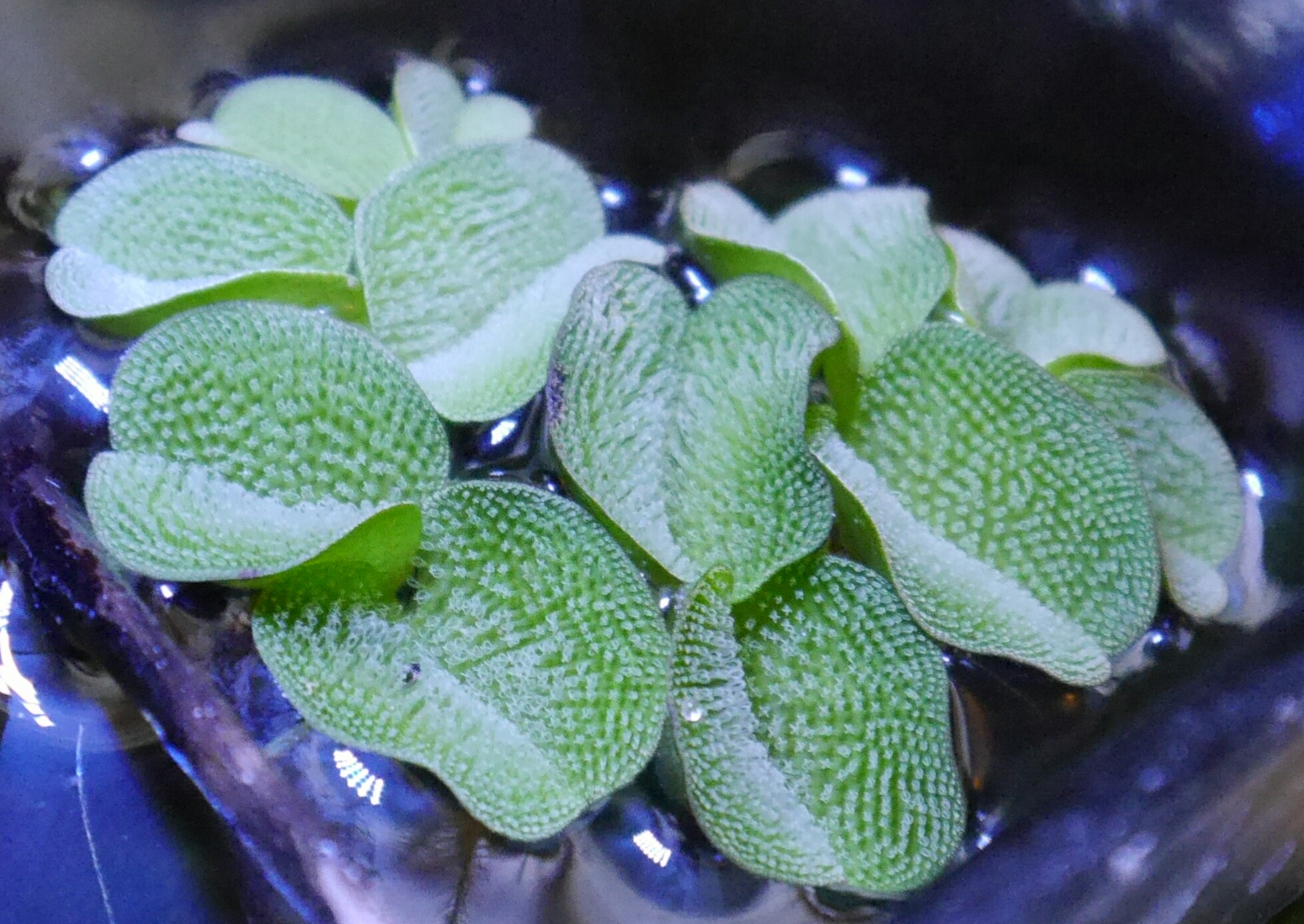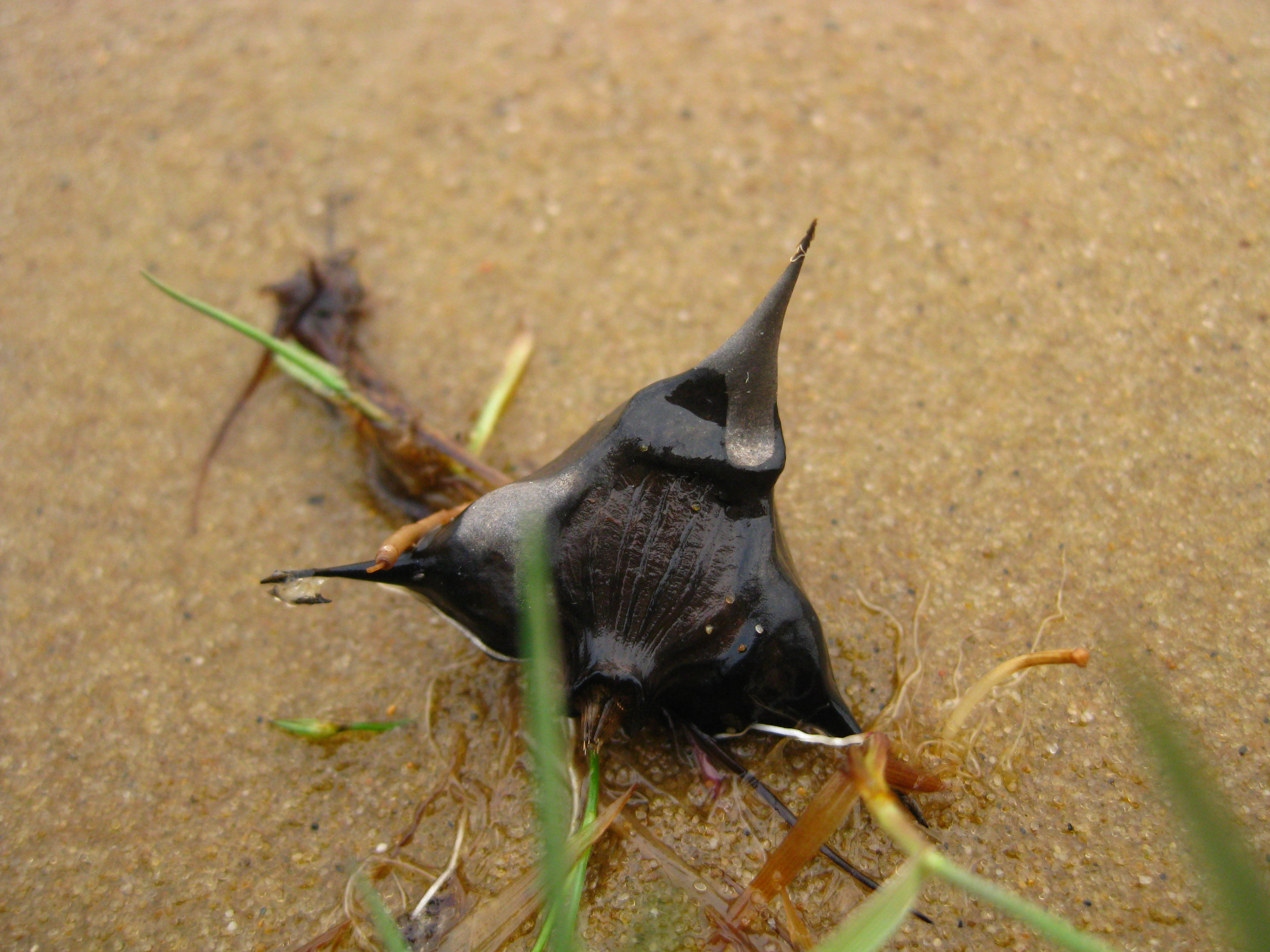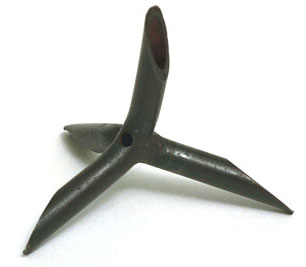All, Plant Facts
Floating plants for Pond & Aquarium
Water Hyacinth
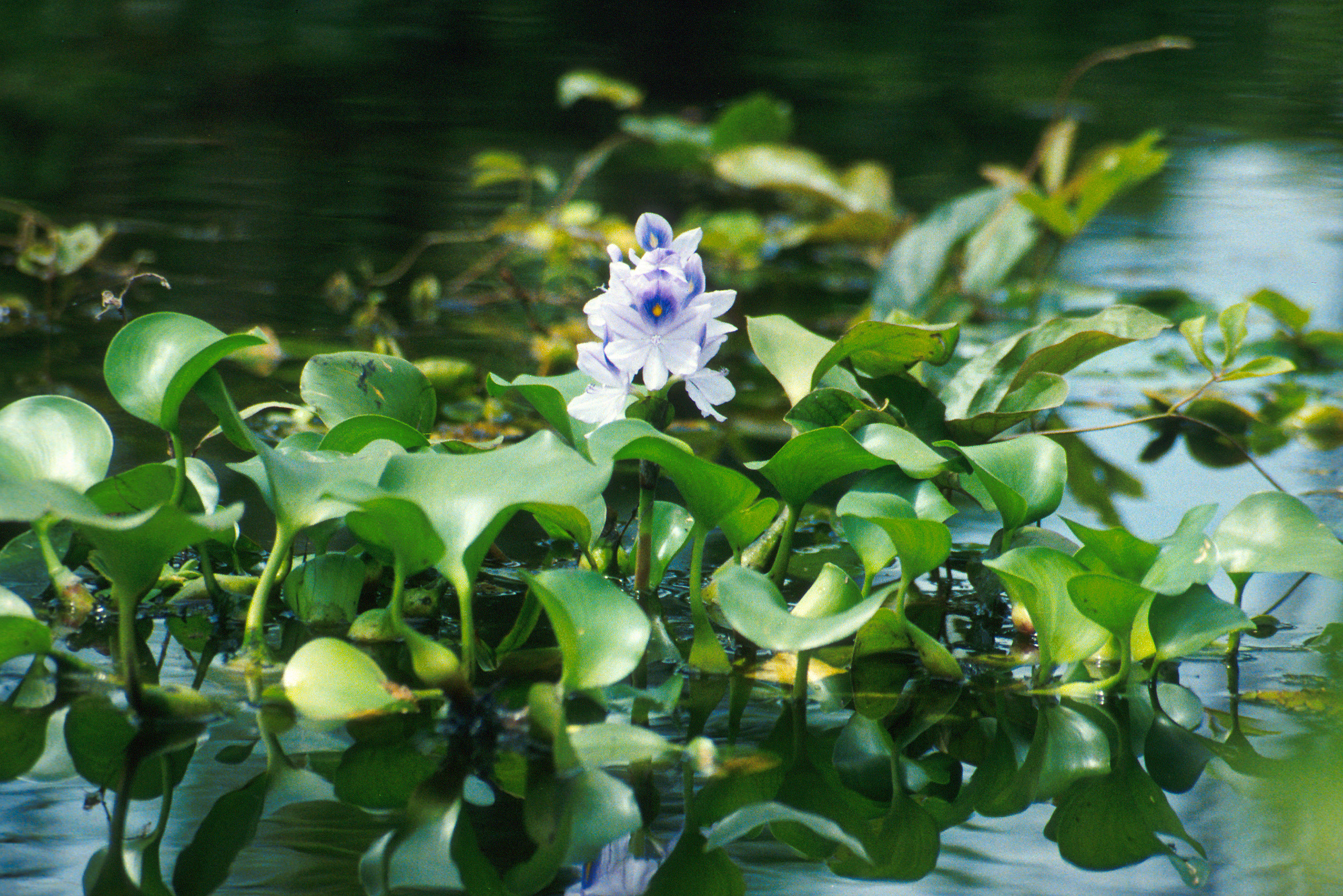
Water Hyacinth are a species of South American free-floating aquatic plants usually characterised by their rounded leaves. They remain bouyant thanks to their specially adapted air-filled stems. Hyacinths tend to develop very elaborate, hair like root systems that provide excellent habitats for small invertebrates, fish and amphibians. This factor, along with their efficient removal of excess nitrates from the water, means that they contribute enormously to the overall state of the ecosystem.

Hyacinths can achieve heights of three feet above the surface but have been found to grow roots twice as long. When provided with a good amount of direct sunlight they will quickly grow, producing offspring via off-shoots from the parent plant that can be detached once the baby has developed good roots. Hyacinths do particularly well in our summer months (when the weather decides to be consistent!) and may produce yellow, white or purple flowers.
Suitable for tropical aquariums with plenty of light and space between the water surface and the lid/light.
Koi and large Carp species may nibble and/or burst the air filled stems of this species, potentially causing it to lose bouyancy and sink. In this case, Water Lettuce is a suitable alternative.
Water Lettuce

Another South American plant, Water Lettuce (or Cabbage) is a hardy, hair covered plant. Like Hyacinth they have extensive roots that help with water quality and provide spawning areas and habitats for fish, frogs and invertebrates.

Also like Hyacinth they give a good amount of shade with their leaves and encourage insects such as Dragonflies and Mayflies to land on them and stay in your garden a little longer (which is good for your plants and your pond). Water Lettuce are effectively ‘hydrophobic’ due to the fact that they are covered in tiny hairs that repel the water. These plants will also quickly propogate via Stolons (like Hyacinth) in a pond with either full sun or a little shade.
Suitable for coldwater and tropical aquariums with plenty of light and space between the water surface and the lid/light. We have found our Water Lettuce to do well, even reproduce, in our coldwater goldfish tanks.
Water Soldier

Water Soldiers are a species native to the UK. Although they float they actively oxygenate the water they sit in. Unlike many other floating plants, these will not die back over winter but rather they will sink further below the surface as the temperature goes below 10°C and will float back up when it rises again. As they come back to the surface they will have grown an additional auxillary limb which will eventually develop into a new Soldier.
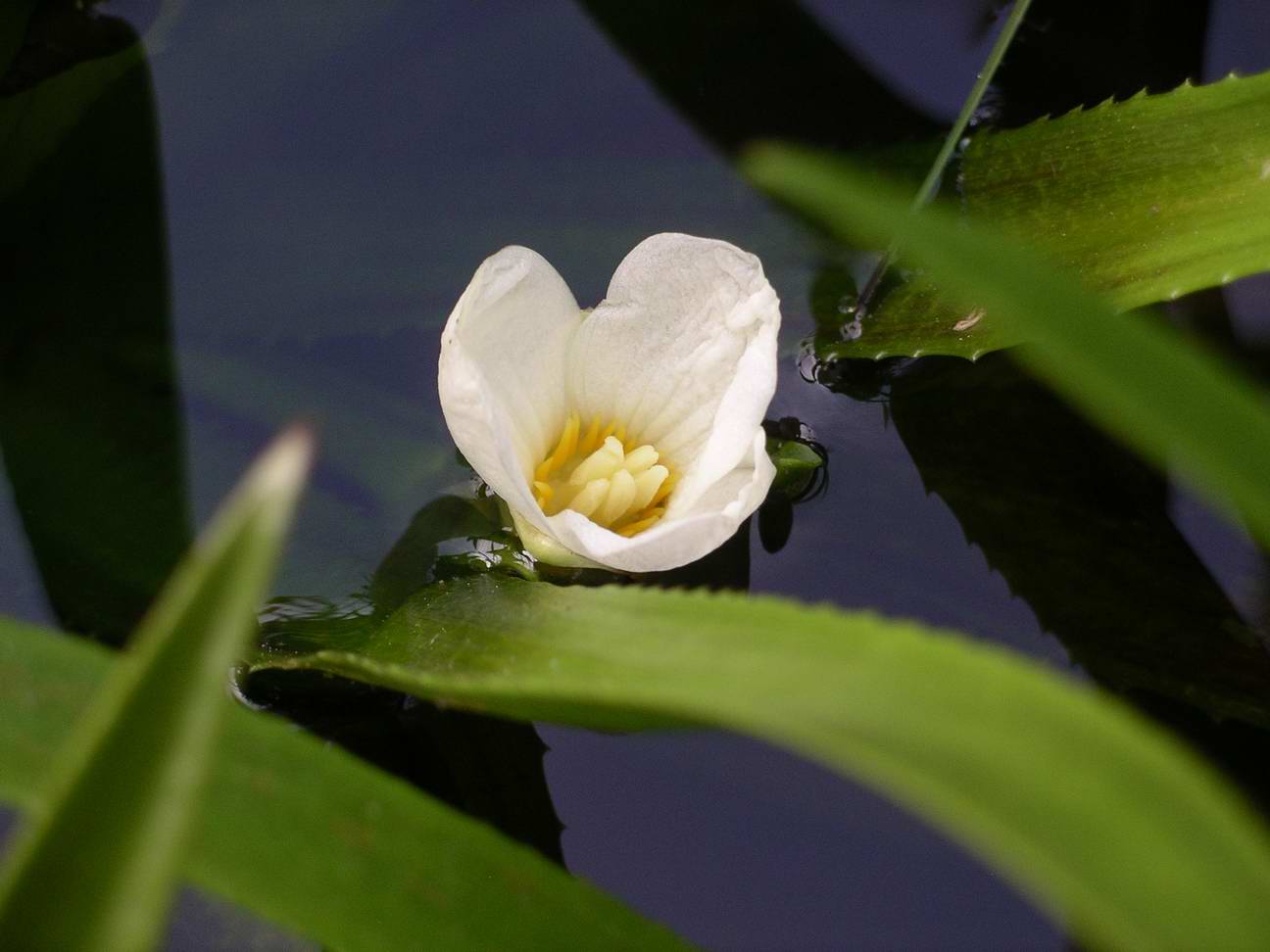
Providing that they draw enough nutrition from the water they can produce white, three-petaled flowers from July onwards.
Water Caltrop

The Water Caltrop is so called due to the nut that it grows from bearing similiar features to Military Caltrops, an ancient antipersonnel weapon.
This very seed can remain viable for up to twelve years but usually germinates within two. During winter the plant will die back to the nut and return in spring. Throughout summer the plant can produce multiple white flowers.
This interesting plant can grow submerged stems up to 15ft in length and develops specialised leaves to aid surface bouyancy and pollination by flying insects. The plant has certainly been around for a while, as indisputable fossil records have been found from around the Cenozoic era (66 million years ago).

This species has an elaborate stem system that stretches into the water, as it covers water surface well it provides welcome shade to fish species in summer. When mature and flowering, expect lots of activity from flying insects such as Dragonflies and damselflies which will love to hunt around and sit on the diamond shaped leaves of the Caltrop.
Floating Water Fern

Like Water Lettuce, Floating Water Fern (or more commonly referred to as ‘moss’) is another hydrophobic species that repels water not only with embedded air pockets in the leaves but with thousands of tiny cilia (hair) on their leaves. These ensure the efficiency of the plant’s photosynthesis above the surface of the water.
Floating Water Fern is, individually, a tiny plant, with every indpendent specimen the size of a fingernail but until it splits off it grows in a small network, meaning that it can quickly cover a small pond. The root system grows down at a maximum length of about 3cm and acts as good filter for the water, catching small particles drifting near the surface. As another tropical plant, it can be grown in ponds in consistent summer warmth but will die if exposed to frost. When it does get below 10°C, you can just bring the plant inside and sit it in a dish of water by the window to ‘over winter’.
It is for the reasons of size and the filtration benefits that it also works well in tropical aquariums, with many people favouring their small size for nano setups. We have Water Fern in our acidic Amazonian tank alongside Discus, Pencil Fish, Farlowellas and a Siamese Fighter.
Frogbit

Frogbit is a small flowering plant native to Europe and parts of Asia. It grows rapidly via runners under the surface and over-winters at the bottom of a pond, rising to the surface as the temperature once again increases like Water Soldiers. It usually requires a good amount of sunlight but this is based on the maturity of the plant (will need more when it is less established). Like all other floating plants it provides cover and attraction for insects.
This plant also does well in both tropical and coldwater aquarium setups.

